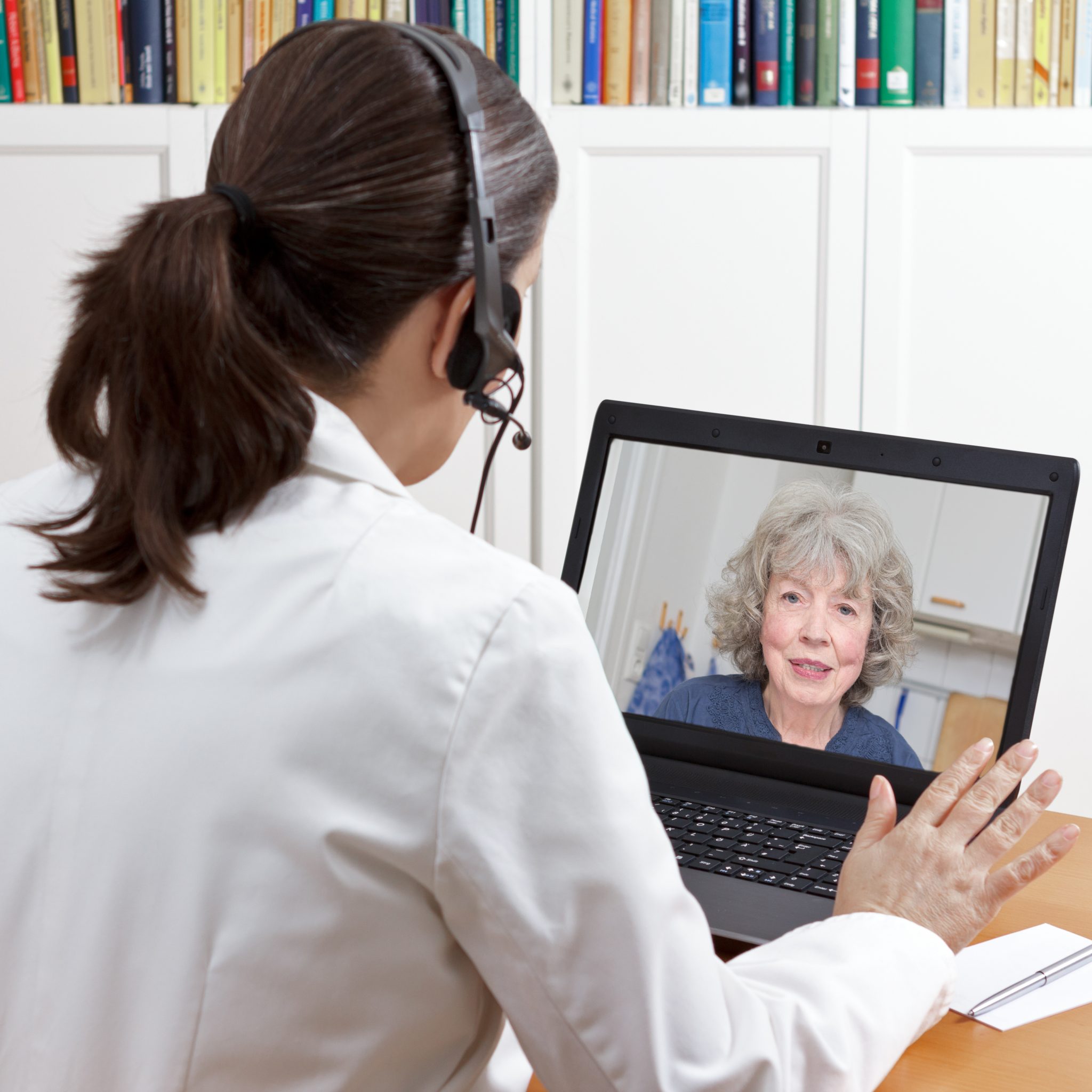by Brian Taylor, AuD
 If you are unfamiliar with telehealth, it is the ability to conduct an appointment for a health or medically related service using technology that enables you to interact with a licensed healthcare professional from your home or any other remote location while maintaining physical distance from the provider. Telehealth services have been available for several years, and in some remote areas of the country like Alaska, which has been using the technology successfully for a while, a high percentage of in-person office visits have been replaced by telehealth. Using telehealth might seem futuristic, but if you’re currently using Apple Facetime, Skype, Google Hangouts or Zoom to interact with family and friends, you can use it (or a similar platform) for health-related appointments with your hearing care professional. As a reminder, it is important to use platforms that provide a privacy feature.
If you are unfamiliar with telehealth, it is the ability to conduct an appointment for a health or medically related service using technology that enables you to interact with a licensed healthcare professional from your home or any other remote location while maintaining physical distance from the provider. Telehealth services have been available for several years, and in some remote areas of the country like Alaska, which has been using the technology successfully for a while, a high percentage of in-person office visits have been replaced by telehealth. Using telehealth might seem futuristic, but if you’re currently using Apple Facetime, Skype, Google Hangouts or Zoom to interact with family and friends, you can use it (or a similar platform) for health-related appointments with your hearing care professional. As a reminder, it is important to use platforms that provide a privacy feature.
To get started with telehealth appointments, you’ll need a laptop (preferably one you’ve purchased within the past five years) or smartphone with a video camera, reliable internet capabilities on your device, and audio speakers or a head set with high quality sound. If you’re already wearing hearing aids with wireless Bluetooth connection capability, you may be able to connect your hearing aids directly to the audio of your smartphone or laptop to receive the best sound quality. Once you have these basic pieces in place, you can begin to interact with your hearing care provider from the comfort of your home.
Although the technology you may be using to interact with your family or friends in the virtual world is similar, there is one critical difference: You need to use a web-based tool that protects your privacy. If your hearing care professional is using telehealth technology to connect with patients, it is likely they already have a telehealth system in place that protects your privacy. But, don’t be afraid to ask about how their telehealth platform protects your privacy.
Many persons with hearing loss who have used telehealth services for hearing aid adjustments and other services provided virtually by their hearing care professional have been satisfied with the results. Once you’re familiar with making the virtual connection, telehealth can be convenient. In fact, even after the current pandemic is over, it’s likely that many persons with hearing loss will continue to use telehealth to supplement their in-person appointments with their provider.
Since telehealth is designed to complement or augment your existing relationship with a hearing care professional, it is recommended that you first contact your provider using the telephone or email with some frequently asked questions. These questions will help you get the most out of telehealth hearing services in the most efficient way possible.
FAQs:
Telehealth is an immensely helpful service that allows you to stay home and still receive professional hearing care. With the help of your hearing care professional, along with some basic computer equipment you might be surprised by the level of problem solving and professional care you can receive via telehealth platforms. Now is the time to get familiar with the benefits of remote or virtual care.